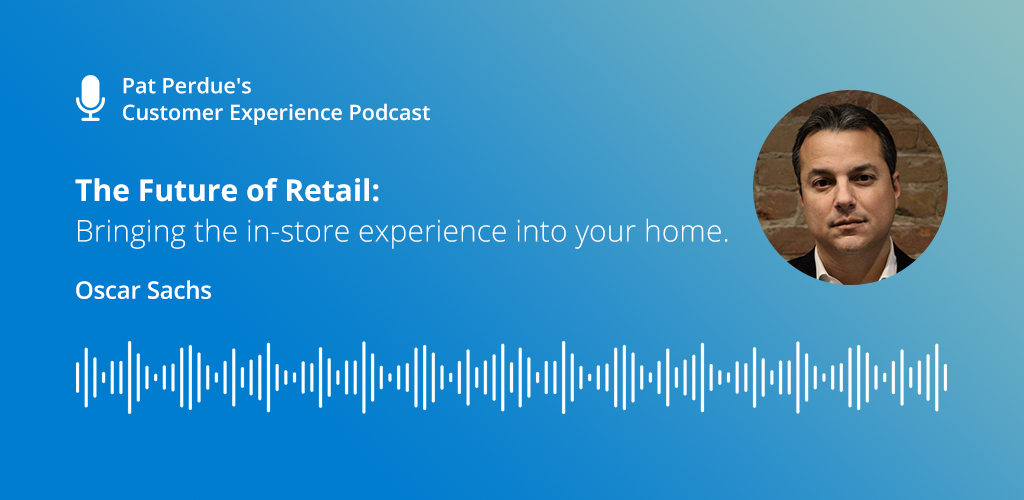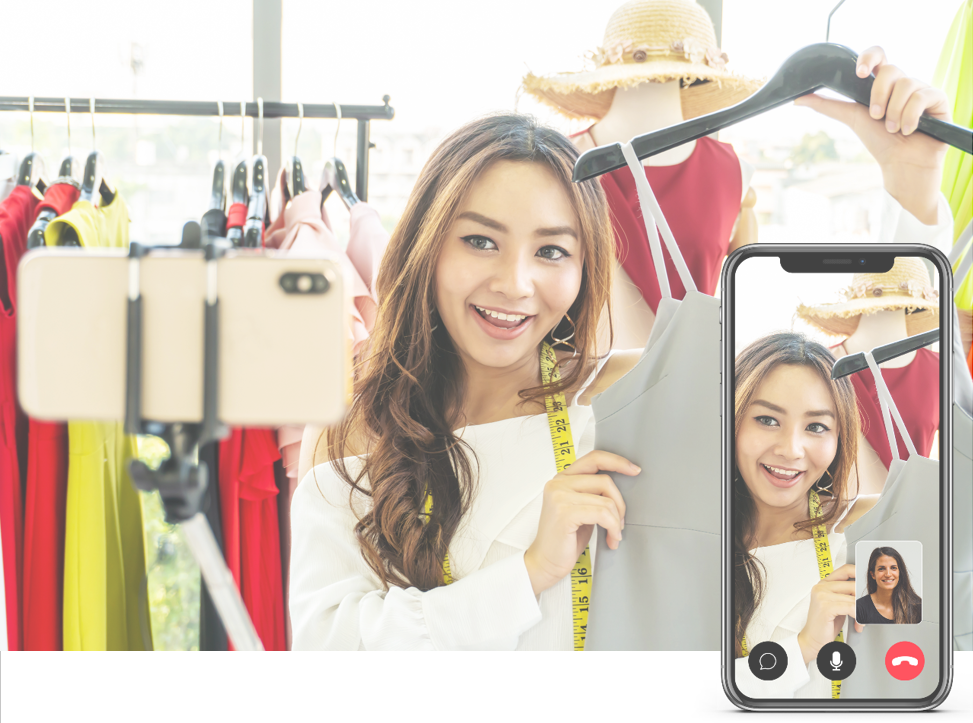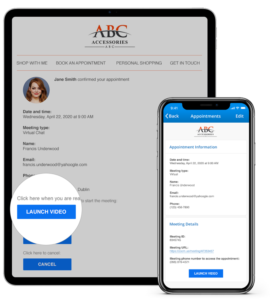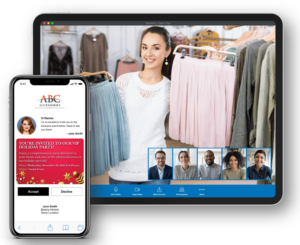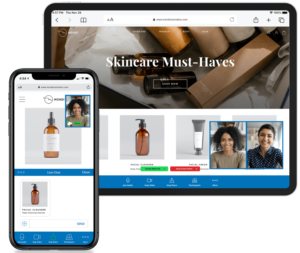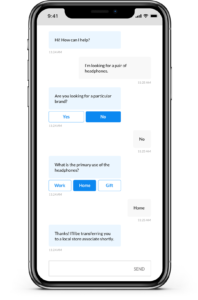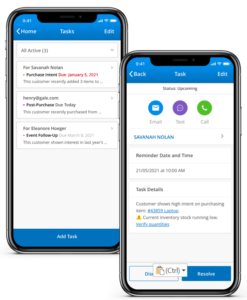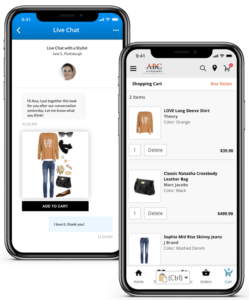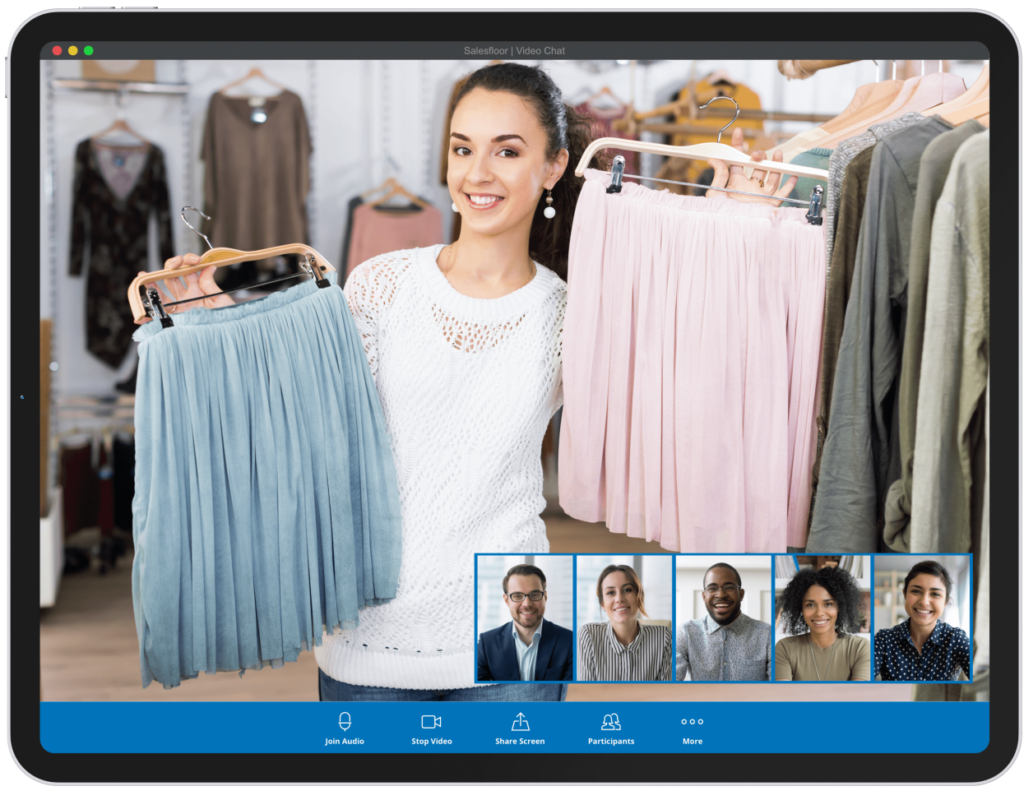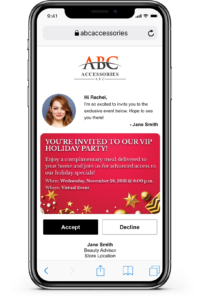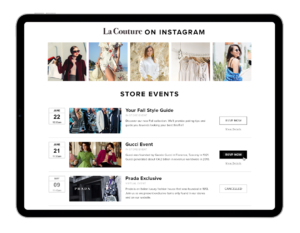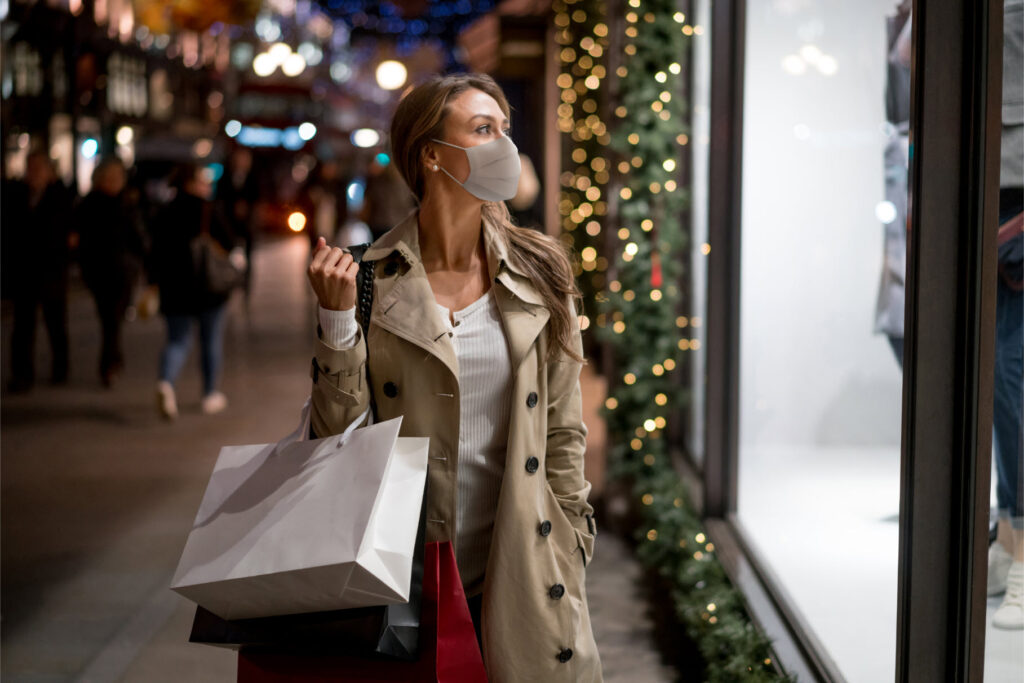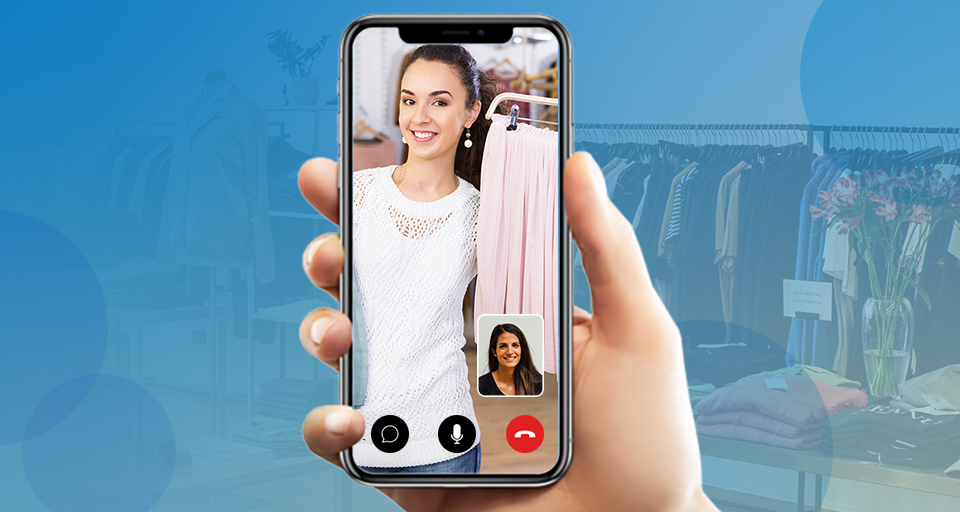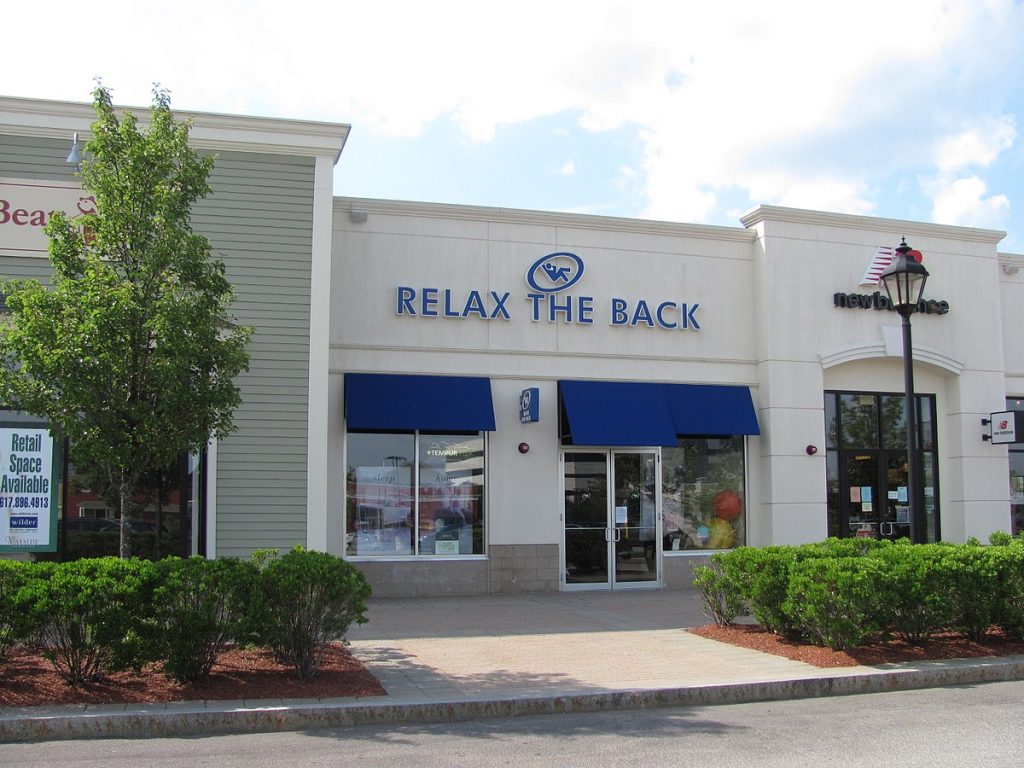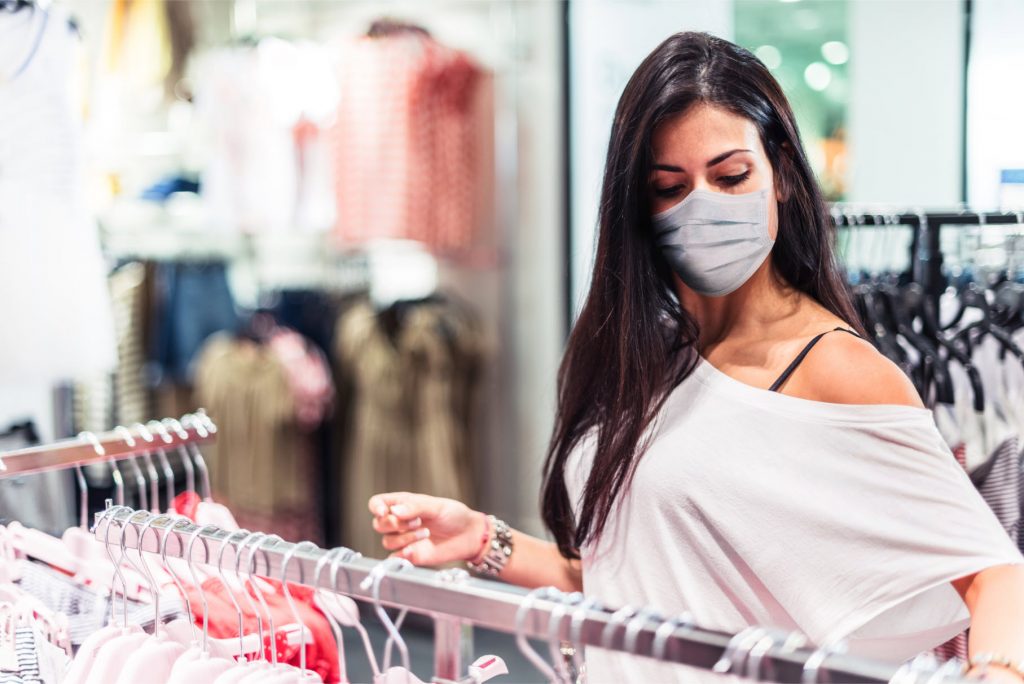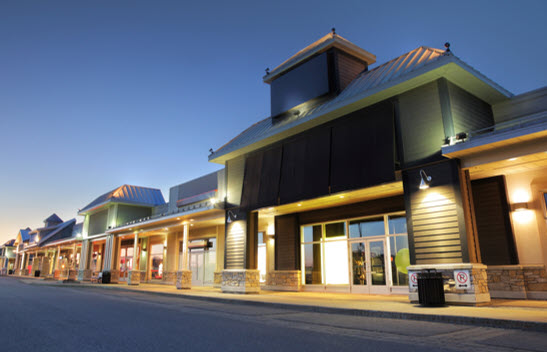Store closures caused by the COVID-19 pandemic encouraged consumers to turn to e-commerce more than they ever have before. But some habits are here to stay: even after the crisis is over, 60% of consumers expect to shop online more frequently compared to before the outbreak. A recent study in the U.S. also revealed that 50% of respondents either do not feel comfortable or are uncertain about shopping in a mall in the next 6 months.
Traffic in stores may never be the same as it used to be. In fact, in China, we’ve already seen that consumers are wary of returning to stores because of safety concerns. With the sudden growth in customers relying on e-commerce, it is now more important than ever to be able to assist customers as they research and buy online.
“The COVID-19 pandemic is accelerating the inevitable digital disruption of commerce. Commerce will emerge from the pandemic a vibrant and critical part of consumer life.” Jason Goldberg, Forbes Contributor.
Online Interactions = Opportunities to Capture Website Leads
With customers spending less time in store and more time online, there will be more opportunities to capture website visitors, especially new customers, while they are searching for and purchasing products. Retailers using Salesfloor have seen 3x the number of incoming requests from customers compared to before the crisis and experienced a jump of up to 310% in online interactions.
Companies like Saks have seen an increase of 3x in incoming requests during the crisis. Store closures have not stopped their store associates from communicating with customers on a personalized level, either. Their associates have been sending on average 4x the number of e-mails in order to stay in touch with customers who are not currently going to stores.
Retailer’s websites should allow online shoppers to create requests for service or ask questions directly to an in-store associate. Salesfloor gives shoppers the ability to do so via live chat, e-mail, or text messaging- whatever their preferred channel might be. The requests are routed to local stores and put customers directly in touch with their local associate. Right now, the average associate using Salesfloor is interacting online with 94 customers per week and achieving a 12% to 15% conversion rate.
The Role of Store Employees are Evolving Out of Necessity
When malls reopen, the roles of store employees will evolve, and the reality of the store experience will be different. Retailers will need to be well equipped for this change and give associate tools to serve online customers. What’s more, the digital experience doesn’t lead to impulse buys or new product trials like in-store experiences do. And while traditional Marketing communications are effective, they are a one-way communication.
Recreating the in-store experience online will require facilitating a personal connection between store associates and their customers- beyond the store. Clienteling tools empower associates to initiate conversations, follow up, cross-sell and recommend items in a personalized way to online shoppers via e-mail, SMS, or live chat. This is already playing a large role in nurturing relationships in a scalable way to increase online sales. Store associates who use the Salesfloor platform have been driving up to 9x the sales compared to before the crisis.
Relax The Back, a specialty health & wellness retailer, rolled out Salesfloor to additional associates (called consultants) once stores started closing. They’ve seen that even for specialized products, consumers are willing to make those purchases online when they have direct communication with a knowledgeable store consultant. Their VP of Marketing, Leanne Mattes, stated: “We’ve actually seen a huge jump in office chair sales as more people are working from home.” During this period Relax The Back also saw 4x the amount of Storefront page visits.
Appointment & Event Booking
A recent article in the Sourcing Journal stated that the “process of reopening retail must be methodical, organized and gradual.” It claims that appointment booking will be a key strategy in reopening non-essential stores to help retailers manage traffic and prevent overcrowding at the entrance. This would be a safer alternative to the long lineups that essential retailers are currently experiencing. In China, stores imposed limits on the number of customers who can enter at once. This makes assisted selling apps, which allow appointments and events to be created by both customer and associate, essential for the reopening of stores.
As Always, Personalization Prevails
Many non-essential retailers, who have been experiencing a decrease in sales during the pandemic, have been announcing discounts and sales to attempt to counter the sales lost. Consumers’ inboxes are currently filled with e-mail blasts promoting these sales. Personalization is key to avoid contributing to the white noise currently their inboxes.
Customers will be more prone to open a communication from a store associate they know and have exchanged with in the past. Therefore, retailers will need to introduce customers to the convenience of shopping online with their brand and, more specifically, with their local stores. They should leverage relationships that have been built in store to deliver true personalization online and keep customers engaged with their brand.
Buybuy BABY, one of the most popular destinations for baby registry services in North America, is an example of a retailer that has continued to engage with new and expecting parents via Salesfloor’s online Clienteling channels. Their Product Experts have seen both sales and conversion rates double during COVID-19.
Buy Online, Pick Up In Store (BOPIS) Is a Win-Win for Customer and Retailer
BOPIS orders (which includes curbside pickup) have jumped 62% year-over-year between February 24 and March 21, according to the Adobe Digital Economy Index. As the option is increasingly adopted by more retailers, it could easily become a fulfillment staple as the coronavirus curve flattens. With curbside pickup, customers obtain their order (often more quickly than with shipment to home) without having to enter any crowded store.
BOPIS capabilities will be a competitive advantage for retailers post COVID-10. This is especially true for retailers that enable store associates to access orders assigned to their store directly on their mobile device, allowing them to fulfill orders during downtime.
COVID-19 has accelerated the transition to e-commerce and online interactions. When stores reopen, traffic still won’t be as high as it used to be. Retailers who start preparing themselves now with digital clienteling tools can optimize their business operations, drive online sales and increase customer loyalty.
How does Ben Bridge Jeweler leverage clienteling and virtual selling post-COVID?
Download the whitepaper to learn more.

